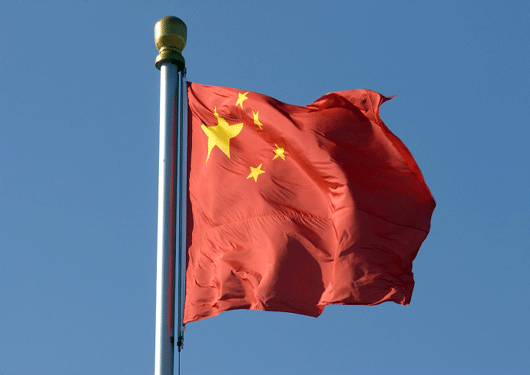
Visit Our Sponsors |
|
|
|
|
|
|
|
|
|
|
|
|
|
|
|
|
|
|
|
|
|
|
|
|
|
|
|
|
|
|
|
|
|
|
|
|
|
|

As a byproduct of the establishment of the new China (Shanghai) Pilot Free Trade Zone concept, foreign-registered vessels are now officially able to carry containers between Shanghai and other Chinese ports - albeit that the vessels still have to have Chinese owners. Previously the formal position was that this could only be done by Chinese-owned, Chinese-flagged vessels thereby preventing the use of, amongst others, COSCO's and CSCL's foreign flagged ships - in theory.
This apparent change to the rules has fueled speculation in some quarters that Shanghai's transhipment activity could increase significantly as a result. However, the reality is that the "relaxation" of the cabotage rules actually only brings formal regulation to what was already happening in practice. In addition, the China (Shanghai) Pilot Free Trade Zone, whilst new, only adds to existing Free Trade Zones in Shanghai's Yangshan port and Pudong airport - in other words the Free Trade zone concept is not new in Shanghai.
At present, Shanghai does have a significant amount of transhipment activity. It is not an easy function to measure as official "transhipment" statistics include a very substantial volume of river barge traffic handled at the port, but focusing only on seagoing-vessel to seagoing-vessel transhipment, Drewry estimates that this was around 17 percent of the port's total throughput in 2012. Due to Shanghai's sheer scale, this equates to a large absolute number - 5.5 million TEU. The recent formalisation of the cabotage laws will have a positive impact on this, but it is likely to be limited. This is partly because there is little change to what already happens in practice but more importantly because there are other, wider factors at work which mean that Busan, the leading transhipment hub in the region and a major port for serving Chinese Bohai Rim feeder ports, is likely to remain dominant.
Keywords: China maritime authorities, China Free-Trade Zones, Chinese ocean shipping, Shanghai port, supply chain management, transportation management, logistics & supply chain
RELATED CONTENT
RELATED VIDEOS
Timely, incisive articles delivered directly to your inbox.

